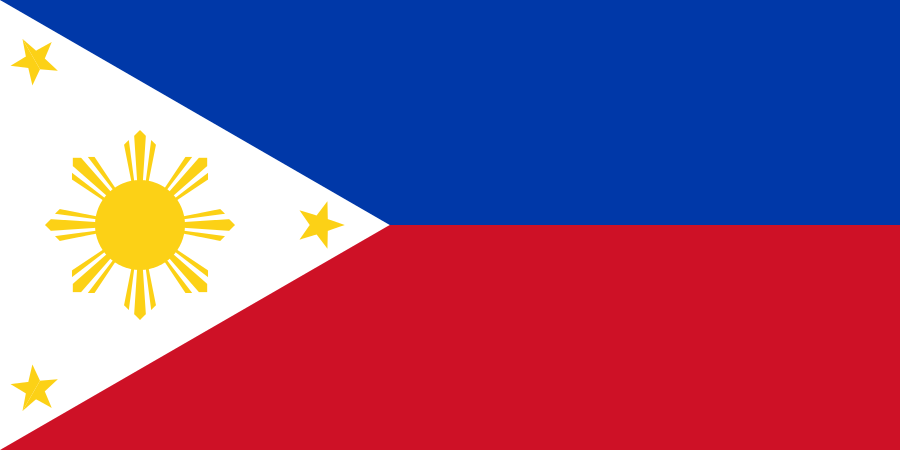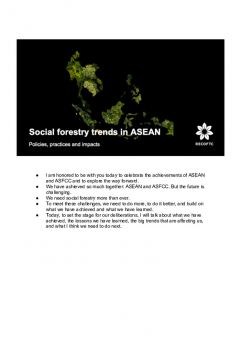The Philippine Islands became a Spanish colony during the 16th century; they were ceded to the US in 1898 following the Spanish-American War. In 1935 the Philippines became a self-governing commonwealth. Manuel QUEZON was elected president and was tasked with preparing the country for independence after a 10-year transition. In 1942 the islands fell under Japanese occupation during World War II, and US forces and Filipinos fought together during 1944-45 to regain control. On 4 July 1946 the Republic of the Philippines attained its independence. A 20-year rule by Ferdinand MARCOS ended in 1986, when a "people power" movement in Manila ("EDSA 1") forced him into exile and installed Corazon AQUINO as president. Her presidency was hampered by several coup attempts that prevented a return to full political stability and economic development. Fidel RAMOS was elected president in 1992. His administration was marked by increased stability and by progress on economic reforms. In 1992, the US closed its last military bases on the islands. Joseph ESTRADA was elected president in 1998. He was succeeded by his vice-president, Gloria MACAPAGAL-ARROYO, in January 2001 after ESTRADA's stormy impeachment trial on corruption charges broke down and another "people power" movement ("EDSA 2") demanded his resignation. MACAPAGAL-ARROYO was elected to a six-year term as president in May 2004. Her presidency was marred by several corruption allegations but the Philippine economy was one of the few to avoid contraction following the 2008 global financial crisis, expanding each year of her administration. Benigno AQUINO III was elected to a six-year term as president in May 2010 and was succeeded by Rodrigo DUTERTE in May 2016.
The Philippine Government faces threats from several groups, some of which are on the US Government's Foreign Terrorist Organization list. Manila has waged a decades-long struggle against ethnic Moro insurgencies in the southern Philippines, which has led to a peace accord with the Moro National Liberation Front and ongoing peace talks with the Moro Islamic Liberation Front. The decades-long Maoist-inspired New People's Army insurgency also operates through much of the country. The Philippines faces increased tension with China over disputed territorial and maritime claims in the South China Sea.
The Philippines is a presidential republic.
Source: CIA World Factbook
Members:
Resources
Displaying 1 - 5 of 20ASFCC closing event toolkit
This toolkit contains presentations from the closing event of the ASEAN-Swiss Partnership on Social Forestry and Climate Change (ASFCC) held at the ASEAN Secretariat in Jakarta, 25-26 February 2020. The toolkit contains the following presentations:
Administrative Order No. 1 of 2016 adopting the Digital Land Survey Data (DLSD).
This Order, consisting of 11 sections, adopts the Digital Land Survey Data (DLSD) as a Standard Format for the Submission and Exchange of Survey Data in Digital Form under the Land Administration and Management System (LAMS).
Special Report - Highlights of the 2012 Census of Agriculture (2012 CA)
The 2012 Census of Agriculture (CA) reported 5.56 million farms/holdings1 covering 7.19 million hectares, which translated to an average area of 1.29 hectares per farm/holding. The number of farms/holdings increased from 1980 to 2012 by 62.6 percent as the average area of farms/holdings decreased from 2.84 hectares per farm/holding in 1980 to 1.29 hectare per farm/holding in 2012. This could be accounted to the partitioning of farms/holdings from one generation of agricultural holders/operators to their succeeding generation.
Supreme Court of the Philippines. 2012. G. R. No. 185124
NIA v. Rural Bank,
Republic Act 9700
An Act strengthening the Comprehensive Agrarian Reform Program (CARP), extending the acquisition and distribution of all agricultural lands, instituting necessary reforms, amending for the purpose certain provisions of Republic Act No. 6657, otherwise known as the Comprehensive Agrarian Reform Law of 1988, as amended, and appropriating funds therefore.





